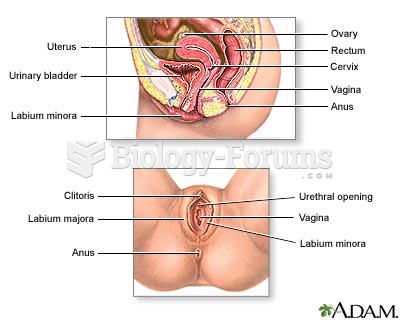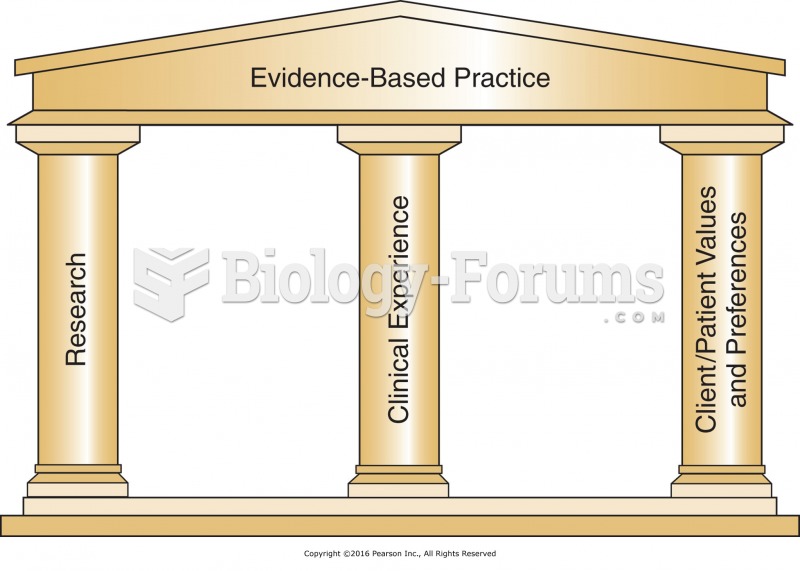Answer to Question 1
Correct Answer: 1,3,4
Rationale 1: Chlorpromazine accumulates in the eye, and there is a risk of phototoxicity, blurred vision, dry eyes, and glaucoma.
Rationale 2: Treatment with chlorpromazine would not be a reason to check the client's lipid levels, and there is no information given to indicate the need to check a lipid profile.
Rationale 3: It is important to assess for alcohol use, as this could cause excessive drowsiness.
Rationale 4: It is important to assess for pregnancy as this drug is pregnancy category C.
Rationale 5: There is no indication that antipsychotics affect thyroid function, and nothing in the scenario indicates the need to check thyroid function.
Global Rationale: Chlorpromazine accumulates in the eye, and there is a risk of phototoxicity, blurred vision, dry eyes, and glaucoma. It is important to assess for alcohol use, as this could cause excessive drowsiness and to assess for pregnancy because this drug is a pregnancy category C. Treatment with chlorpromazine would not be a reason to check the client's lipid levels, and there is no information given to indicate the need to check a lipid profile. There is no indication that antipsychotics affect thyroid function, and nothing in the scenario indicates the need to check thyroid function.
Answer to Question 2
Correct Answer: 4
Rationale 1: This response does not address the client's drowsiness.
Rationale 2: This response does not help the client with the drowsiness now.
Rationale 3: Even though it might take several weeks for symptoms to subside, this is not the best answer.
Rationale 4: This is the best answer when the client has only taken the medication for 2 weeks. Taking the medication at bedtime should reduce drowsiness.
Global Rationale: Taking the medication at bedtime should reduce drowsiness. This is the best answer when the client has only taken the medication for 2 weeks. Taking the medication at bedtime should reduce drowsiness. Telling the client to take the medication as prescribed and not to discontinue it does not address the client's drowsiness. Having the client tell the healthcare provider about the drowsiness also does not help the client with the drowsiness. Even though it might take several weeks for symptoms to subside, this is not the best answer.







